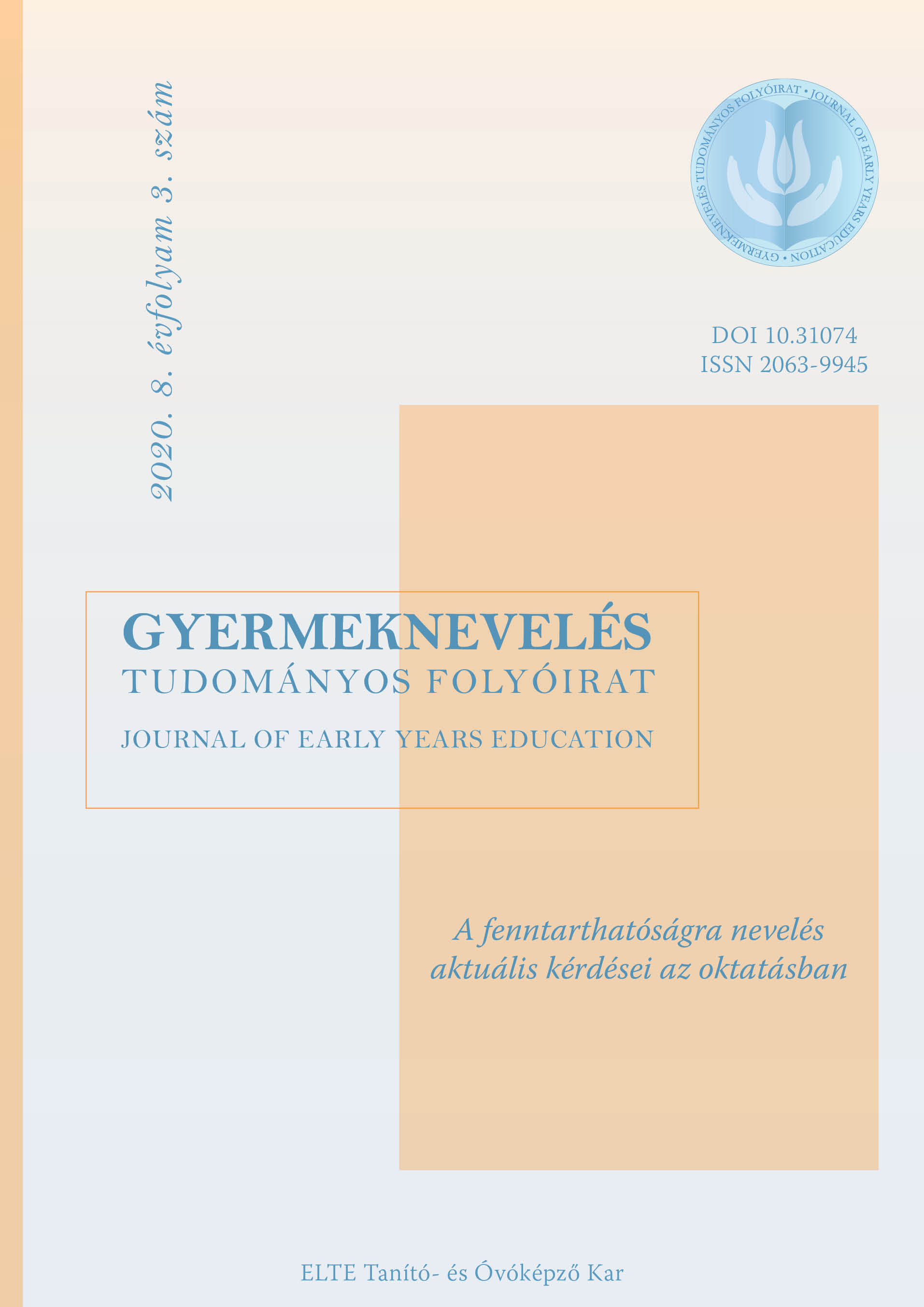Exploring the Dilemma of Planning for Play in Schools
DOI:
https://doi.org/10.31074/gyntf.2020.3.16.23Keywords:
spontaneous play, planning for play, spaceAbstract
Play presents a dilemma for educators. The world of education is ever more outcome focused, with those outcomes becoming increasingly economic and competitive. Teachers and school leaders feel a pressure to perform well according to externally set standards. Within this context, play becomes problematic unless it can be harnessed in some way to these outcomes. This requires that the value of play be linked to something other than play. Specific kinds of play become valued for the outcomes they are thought to deliver. Planning involves planning the ‘rights kinds of play’ for the ‘right kinds of outcomes’. In this chapter, I explore these assumptions further — not to dismiss them entirely, but to see what a critical gaze might offer — and suggest that, valuable though it is, this misses out a lot of what play is about and why this matters for educational institutions. We know that children will play wherever and whenever the conditions are right. Playing is spontaneous and opportunistic, it can go in any direction, and its unique value lies in its intrinsic nature. Given this, predicting outcomes is not only difficult, but it risks turning whatever is planned into something other than play. This paper explores this dilemma, drawing on several conceptual tools from anthropology and philosophy that can help us think about the conditions that support playing in educational settings. In particular, it considers approaches to planning a space that is open for play to emerge.
Downloads
Downloads
Published
How to Cite
Issue
Section
License
Copyright (c) 2020 Author

This work is licensed under a Creative Commons Attribution-NonCommercial-ShareAlike 4.0 International License.

